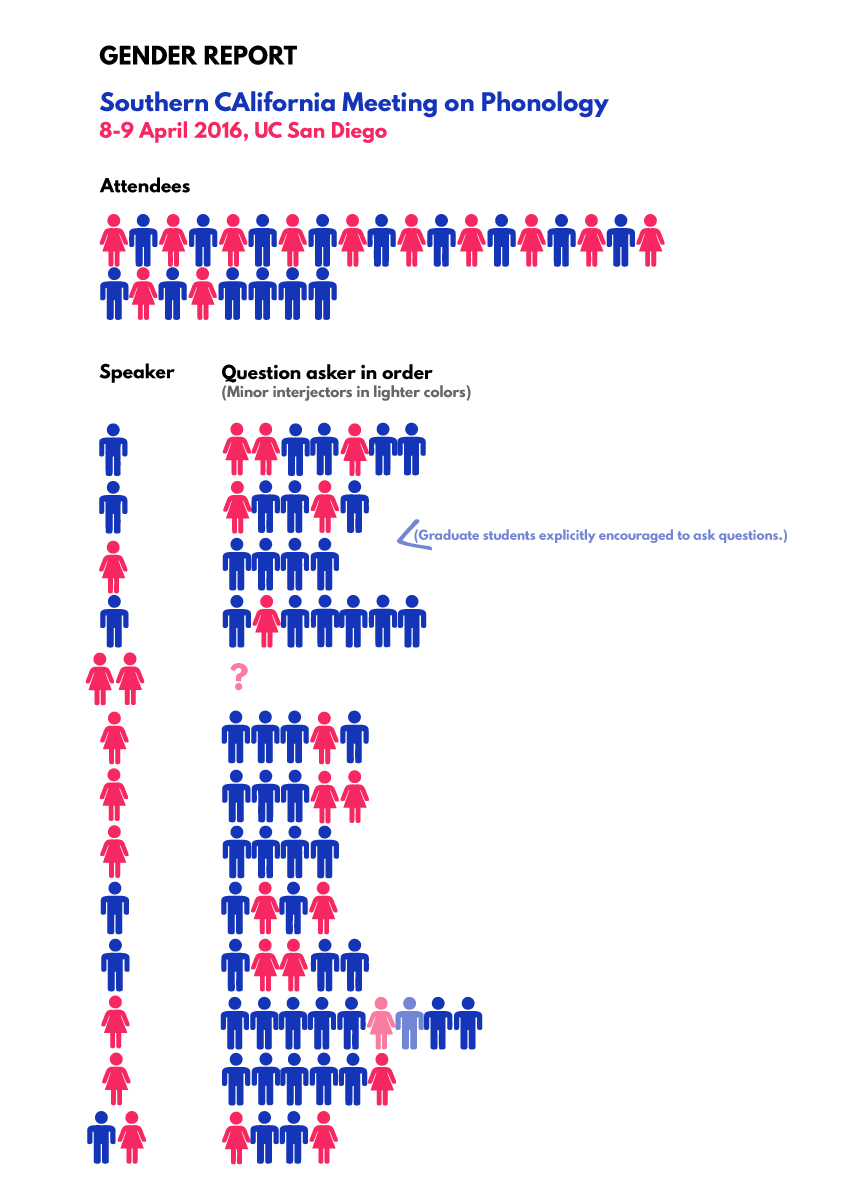Direct link: http://roa.rutgers.edu/content/article/files/1522_aloshari_1.pdf
| ROA: | 1275 |
| Title: | Serial Feet Construction in Cairene MSA: A Harmonic Serial Account |
| Authors: | Waleed Al-Oshari, Tawfeek Al-Shar’abi |
| Comment: | |
| Length: | 23 |
| Abstract: | In this study, we attempt to formulate a constraint-based account of stress in Cairene Modern Standard Arabic (MSA), within the Harmonic Serialism framework (HS). The study demonstrates that metrical foot construction in Cairene MSA falls in line with the main tenets of HS. No secondary stresses are attested in Cairene MSA, mainly because building more feet does not improve harmony. The constraint hierarchy which we developed accounts for all the stress patterns of this variety of MSA. The interaction between key constraints, namely NON-FINALITY, RIGHTMOST, and ALIGN-LIGHTSTRAY(R) takes care of attaining the correct stress placement in this variety of Arabic. FT-BIN? is ranked below in the hierarchy since degenerate feet are allowed to surface in Cairene MSA carrying the main stress of the word. NON-FINALITY is ranked among the high ranked constraints since the head foot is never word-final in Cairene MSA. Superheavy syllables which are attested word finally in Cairene MSA are accounted for as well.
The study shows that a parallel evaluation of inputs is also possible in standard parallel Optimality Theory (OT). Both HS and parallel OT fare equally with regard to the absence of secondary stresses in Cairene MSA. The former justifies the absence of secondary stresses to the lack of harmonic improvement and the latter achieves the same as a result of the conflicting constraints.
The study includes six sections; the first section introduces the theoretical background. The section provides the constraints necessary to account for stress in Cairene MSA and the Harmonic Serial account is presented in the third section. Superheavy syllables in Cairene are dealt with in the fourth section. The parallel OT account is outlined in the fifth section. The sixth section provides the conclusion. |
| Type: | Paper/tech report |
